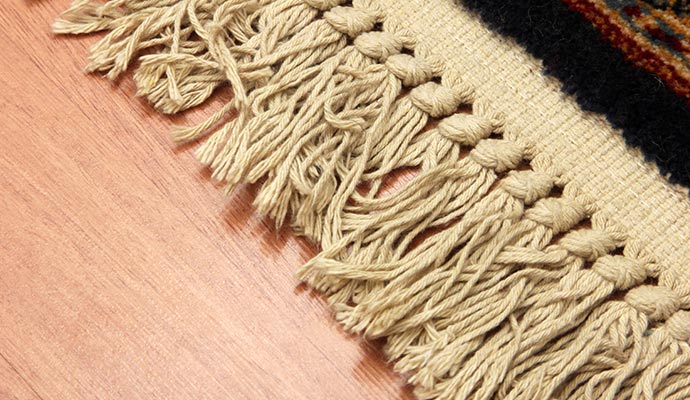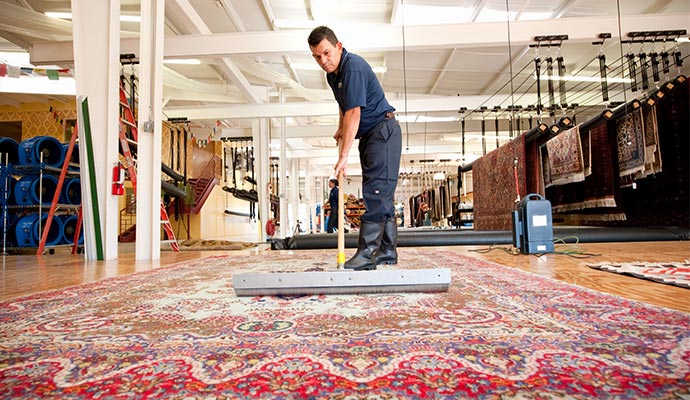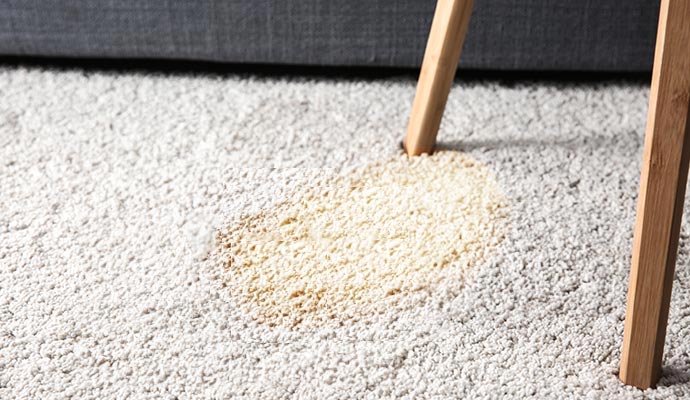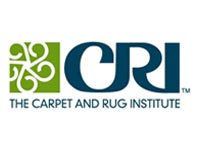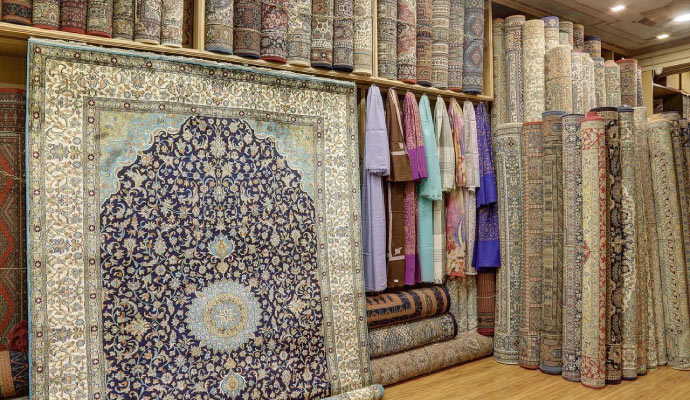
5 Things To Consider When Choosing An Area Rug
Selecting the right area rug can completely transform the look and feel of a room. When choosing an area rug, it's crucial to consider factors like size, placement, material, texture, pattern, color, and design style.
With so many options available, from jute rugs to various rug sizes and colors, the process can seem daunting. To simplify it, start by measuring the room dimensions and determining the optimal rug size based on common rug sizes for living rooms, bedrooms, and dining areas. Then, consider the rug pad, material, pattern, and how it complements your existing decor.

Size and Placement
Regarding size and placement, there are a few key factors to consider. Wool rugs are durable and resistant to stains, dust, and fire, making them suitable for high-traffic areas like living rooms, dining rooms, and bedrooms.
Cotton rugs are affordable and ultra-durable, though their colors can fade quickly, making them ideal for bedrooms, kitchens, and living rooms.
For a cozy and textured look, consider:
- Jute rugs for living rooms and bedrooms, but be mindful that they absorb stains easily.
- Seagrass rugs for living rooms, bedrooms, and mudrooms, though their coarse texture may not suit everyone's taste.
When it comes to rug size, a general rule of thumb is to leave 10-20 inches of bare floor between the rug and walls. Additionally, rugs can be used to define spaces in open-concept areas. The size of the living room also matters - lighter colors can make a small room appear larger, while darker colors can create a cozy atmosphere in a larger room. Ultimately, the rug should be proportional to the size of the room and furniture.
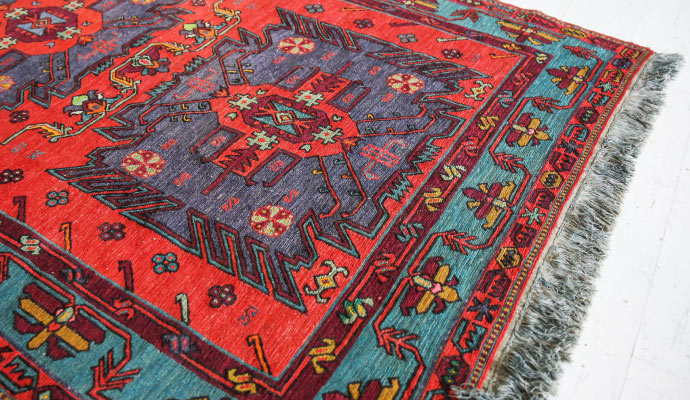
Material and Texture
When it comes to material and texture, there are several factors to consider for an area rug. Wool rugs are durable, flame-retardant, hypoallergenic, and absorb sound, but can be expensive and susceptible to shedding and moth damage.
They require regular vacuuming and professional cleaning every 1-3 years. On the other hand, jute and sisal rugs are natural, environmentally friendly, and pet-friendly, but can be absorbent and prone to mold if wet. They require regular vacuuming and should be avoided for steam cleaning.
Synthetic options like polyester and polypropylene rugs are durable, stain-resistant, and cost-effective, but are flammable and can have their pile flatten over time.
They require regular vacuuming and spot cleaning with mild soap. Viscose rugs have a soft, silk-like feel, but are semi-synthetic and not as durable for high-traffic areas. They require gentle vacuuming and cleaning.
Here's a comparison of different rug materials:
| Material | Pros | Cons | Maintenance |
|---|---|---|---|
| Wool | Durable, flame-retardant, hypoallergenic, sound-absorbent | Expensive, prone to shedding and moth damage | Regular vacuuming, professional cleaning every 1-3 years |
| Jute/Sisal | Natural, eco-friendly, pet-friendly | Absorbent, prone to mold if wet | Regular vacuuming, avoid steam cleaning |
| Polyester/Polypropylene | Durable, stain-resistant, cost-effective | Flammable, pile can flatten | Regular vacuuming, spot cleaning with mild soap |
| Viscose | Soft, silk-like feel | Semi-synthetic, not durable for high-traffic areas | Gentle vacuuming and cleaning |
Also, shaggy rugs can be harder to clean, especially if you have kids or pets. Embrace natural fibers like jute, sisal, hemp, organic cotton, and wool for a sustainable chic look. Textured rugs with shag, mixed pile, and carved elements are trending for a Texture Tour de Force.
Pattern and Color
There is a wide variety of area rug styles available, from traditional Persian/European to modern and contemporary options like bold florals, strong geometrics, and simple jutes/sisals. When choosing a pattern, consider the atmosphere you want to create and ensure it works with your existing furnishings.
Color is equally important as it sets the tone for the entire room. Neutral or single-color rugs work well in colorful rooms, while patterned rugs can add visual interest to solid-colored spaces. Patterned rugs bring a room to life, while solid rugs have a calming, grounding effect.
Balance is key - consider the existing patterns when choosing a rug pattern. Your lifestyle and how much maintenance you're willing to do also matter - high-traffic areas may benefit from a low-pile, durable rug.
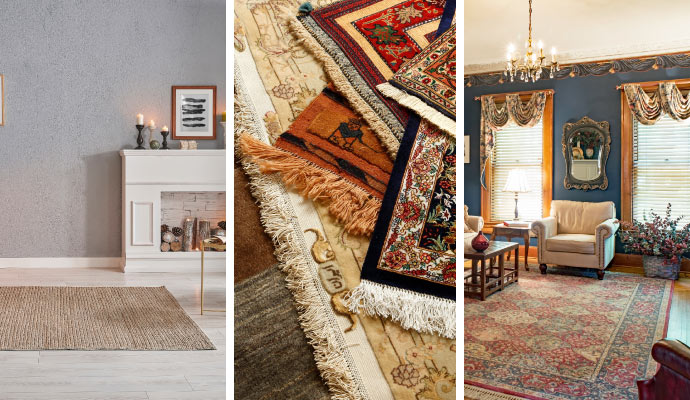
For rug colors, consider:
- Lifestyle: Households with kids and pets may want to avoid light/neutral colors that show dirt easily. Dark colors hide dirt, dust, and wear better in high-traffic areas. Multicolored rugs can also mask stains and debris.
- Existing Decor: Choose a rug color that complements your furniture and design elements for a cohesive look. Opt for contrasting colors to create an elegant, minimal space. Look at the undertones of existing colors.
- Room Size: Light colors can make a room feel larger, while dark colors create a cozy, welcoming vibe. Neutral colors like beige, gray, and cream blend with any scheme and have a calming effect.
- Focal Point: Add a pop of color with a bright or bold rug to create a focal point in a neutral living room. Patterned rugs add visual interest but should complement existing colors.
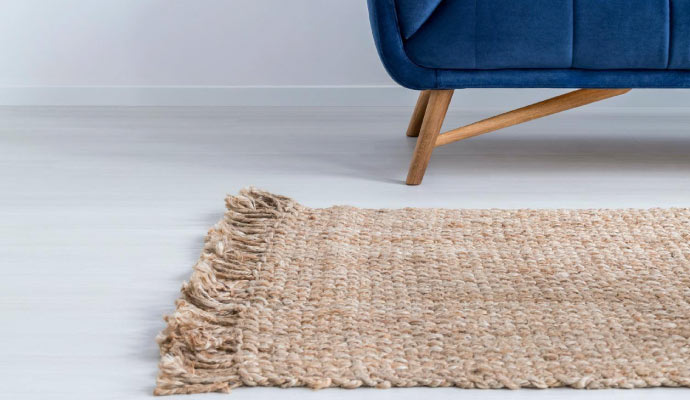
Some trending rug styles include:
- Faded, distressed, or weathered vintage-inspired rugs for a Vintage Revival look
- Geometric patterns like triangles, hexagons, and chevrons for a Geometry, Graphics and Globals style
- Bold, vibrant, and abstract rugs as statement pieces in contemporary, midcentury, and art-deco interiors
- Oversized floral prints and sprawling geometrics in open-plan spaces with simple furnishings
- Clean lines, monochromatic hues, and subtle patterns for a Minimal and Neutral aesthetic
- Customizable colors, patterns, and sizes for Personalized rugs
- Spotted patterns that are playful yet versatile
- Asymmetrical or uniquely shaped rugs with decorative edges as Statement Rugs
- Abstract patterned rugs, especially under tables to hide spills and stains
Style and Design
Organic shapes like circles, ovals, and curves are trending for area rugs, adding a playful element to spaces. I love how these unconventional rug shapes can instantly liven up a room and make it feel more inviting. For example, a circular jute rug in the living room can create a cozy conversation nook.
Layering rugs is another stylish technique that can add coziness and dimension. I find that using a natural fiber like sisal or jute as a base, topped with a patterned Persian or Turkish rug, creates a luxurious and textured look. This works especially well in open-concept spaces to define different zones.
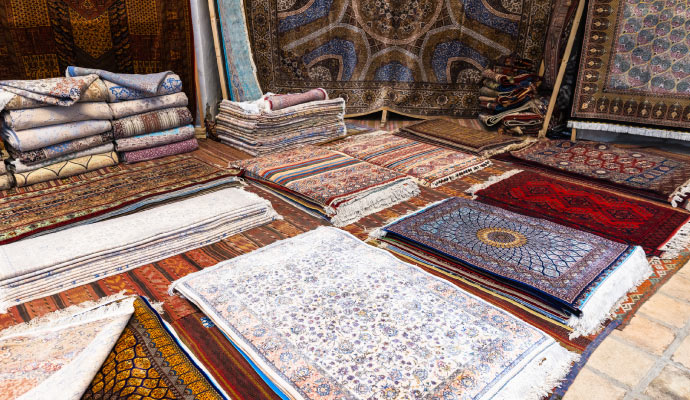
Varying pile heights also introduce visual interest and help set the ambiance. A high-pile shag rug can make a bedroom feel ultra-plush, while a low-pile wool rug lends a more casual, lived-in vibe to the living room. I enjoy playing with different textures to create depth and contrast within a space.
Some other trending rug styles include:
- Faded Vintage: Distressed, weathered rugs with a vintage-inspired look
- Bold Geometrics: Triangle, hexagon, and chevron patterns for a graphic, global feel
- Vibrant Abstracts: Bright, abstract designs as statement pieces in contemporary interiors
- Oversized Florals: Large-scale floral prints paired with simple furnishings
- Minimalist Neutrals: Clean lines, monochromatic hues, and subtle patterns
- Customized Rugs: Personalized colors, patterns, and sizes
No Matter Which Rug You Buy, Clean It With Dalworth Rug Cleaning
After purchasing a rug for your room it's important to have it professionally clean. While DIY rug cleaning may seem easier, investing in professional rug cleaning ensures that your rug remains visually appealing and hygienically sound. With our experienced team and specialized equipment, we can effectively remove deep-seated dirt, allergens, and stains that regular vacuuming can't tackle. Our cleaning technique can also eliminate bacteria, dust mites, and other allergens. Call us if you require a rug cleaning service. You can also check out our 10-step rug cleaning process to get the complete cleaning.
817-318-6121FAQs
How should you select an area rug to match my room and furniture?
When choosing an area rug, consider the shape of both your furniture and the room. Select a rug shape that complements the furniture it will be placed under. For instance, a round rug is ideal under a circular dining table. Additionally, the overall shape of the room can guide your choice of rug shape to ensure it enhances the room's aesthetics.
What are the key considerations when buying an area rug?
The most critical factors to consider when purchasing an area rug are its size and placement. These depend on the room’s purpose, as well as its size and shape, and how the rug will interact with the existing furniture layout.
What characteristics define a high-quality rug?
High-quality rugs, often considered luxury items, possess several distinctive features. They are typically made from premium natural materials, are safe for family use, easy to maintain, and can increase in value over time. Also, luxury rugs are frequently regarded as artistic pieces and come in various designs.
How do you determine if an area rug is of good quality?
To assess the quality of a hand-knotted area rug, examine the back of the rug. A high-quality rug usually has at least 120 knots per square inch. Generally, the denser the knots, the higher the quality of the rug.

